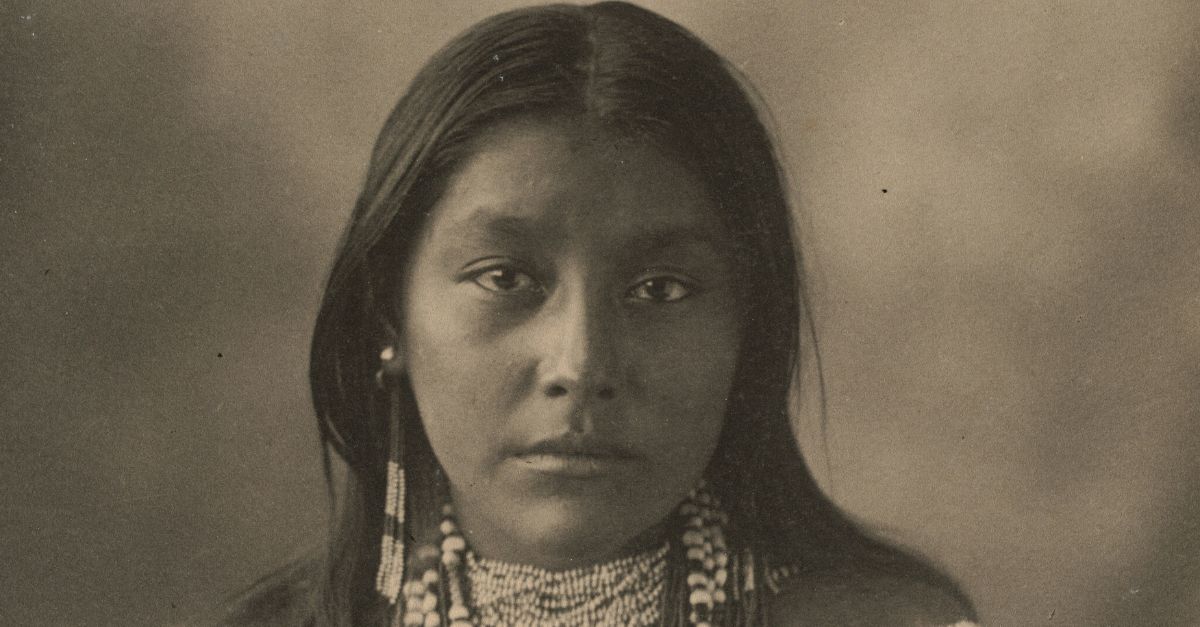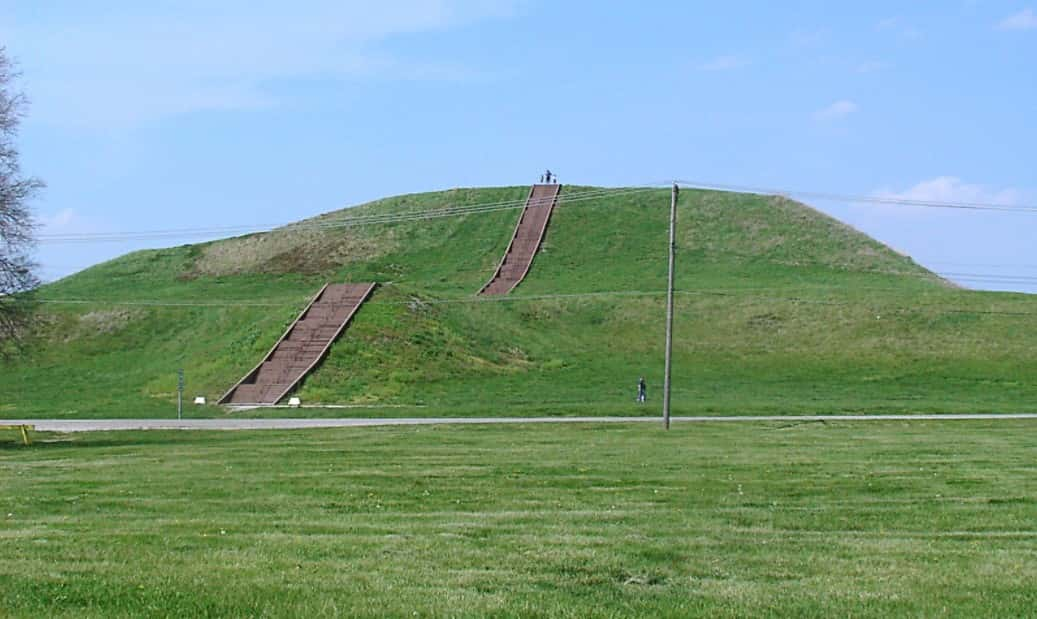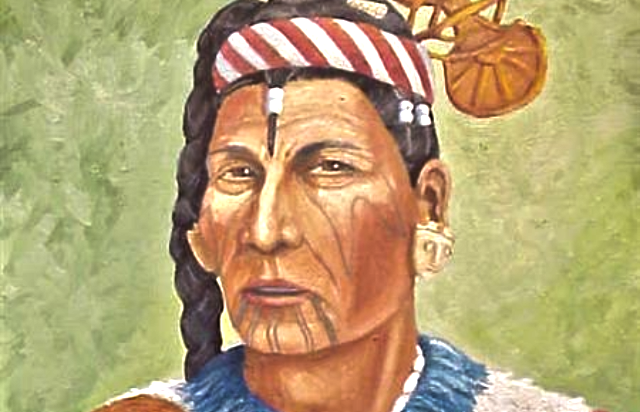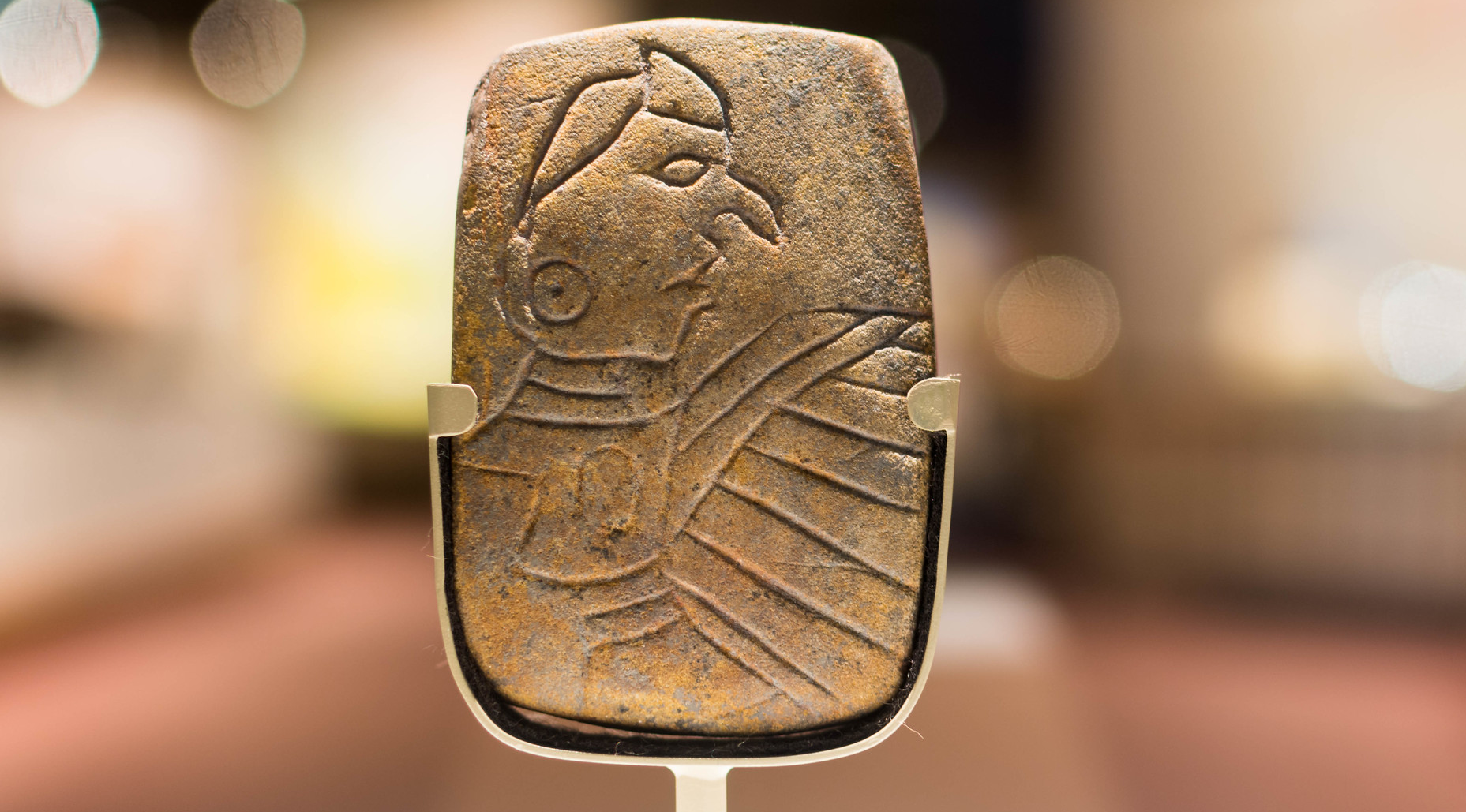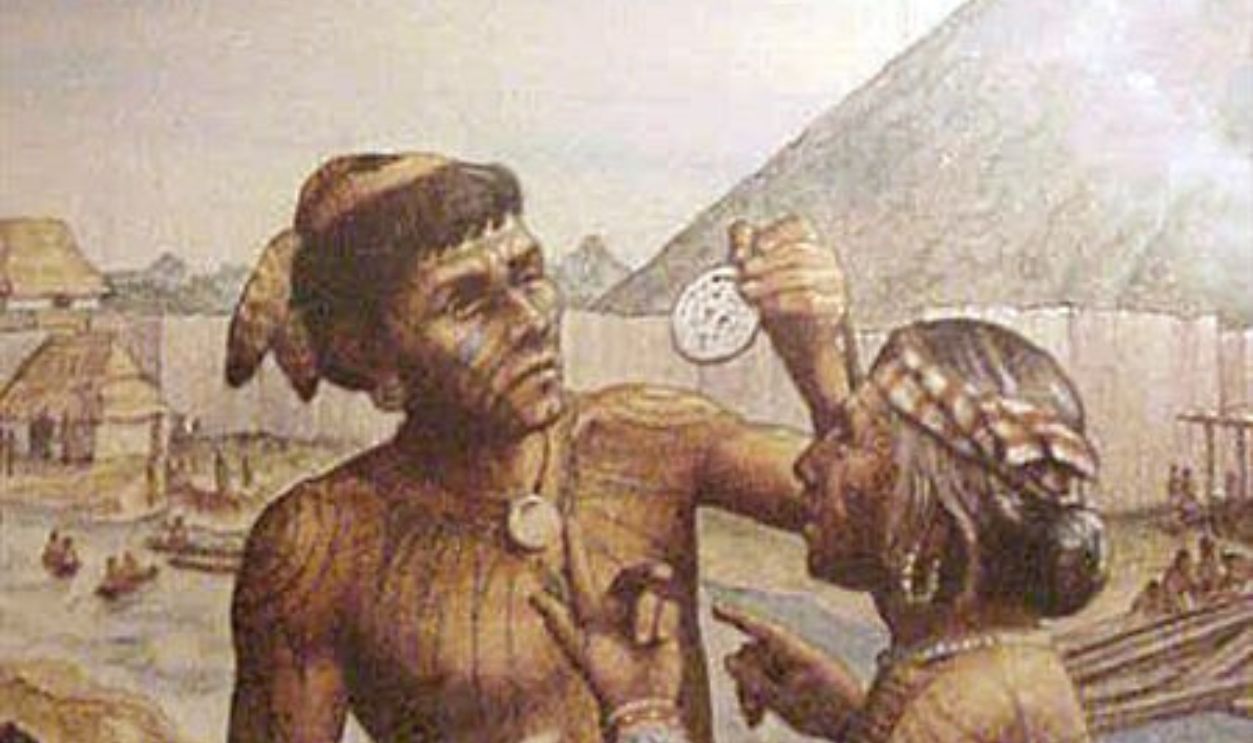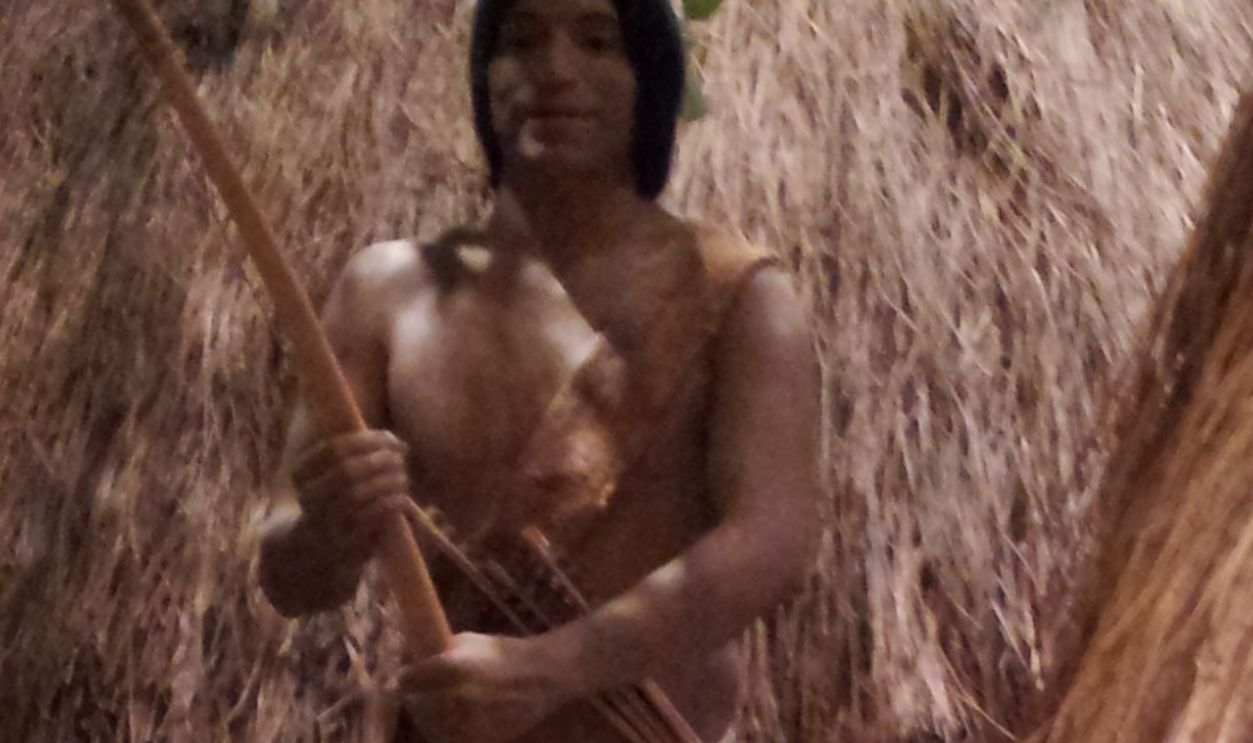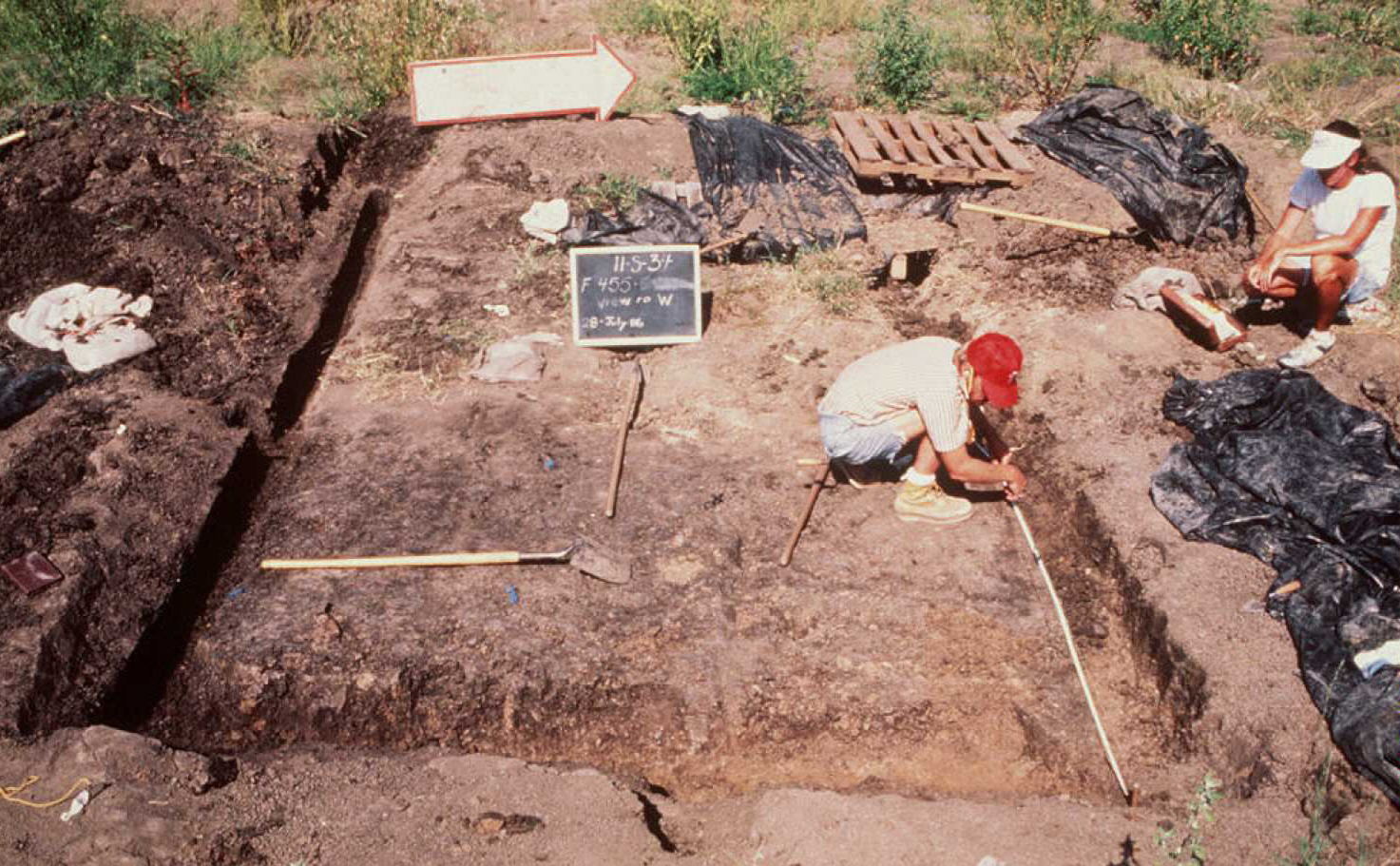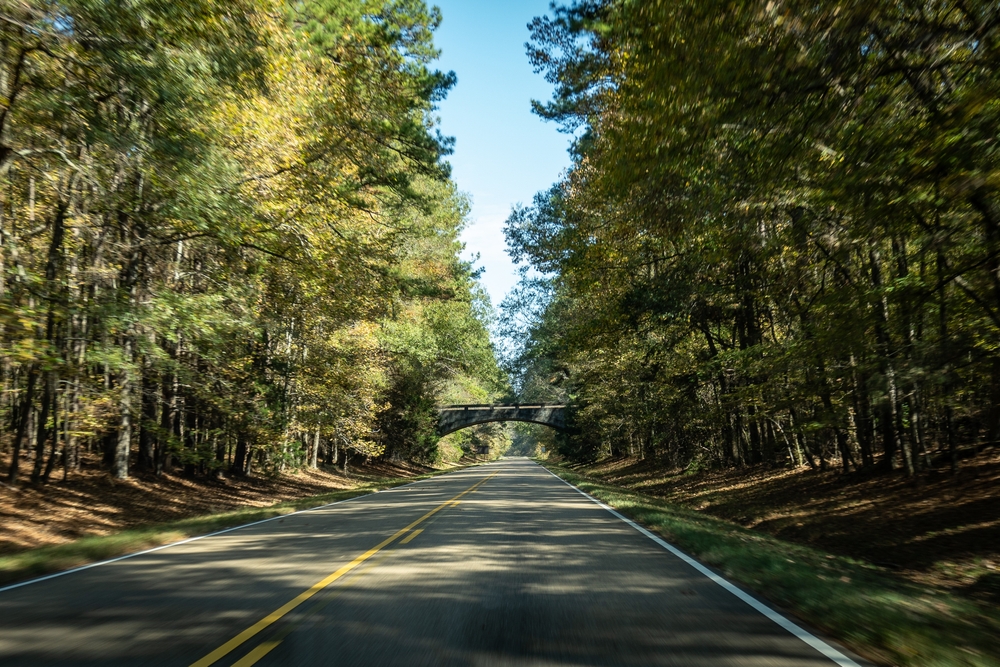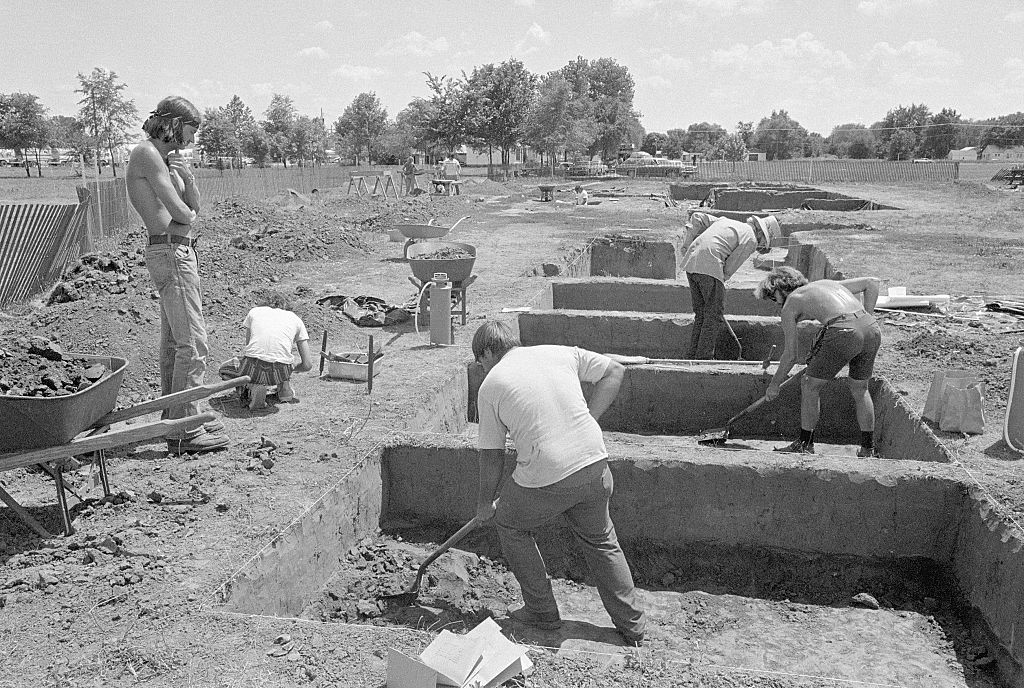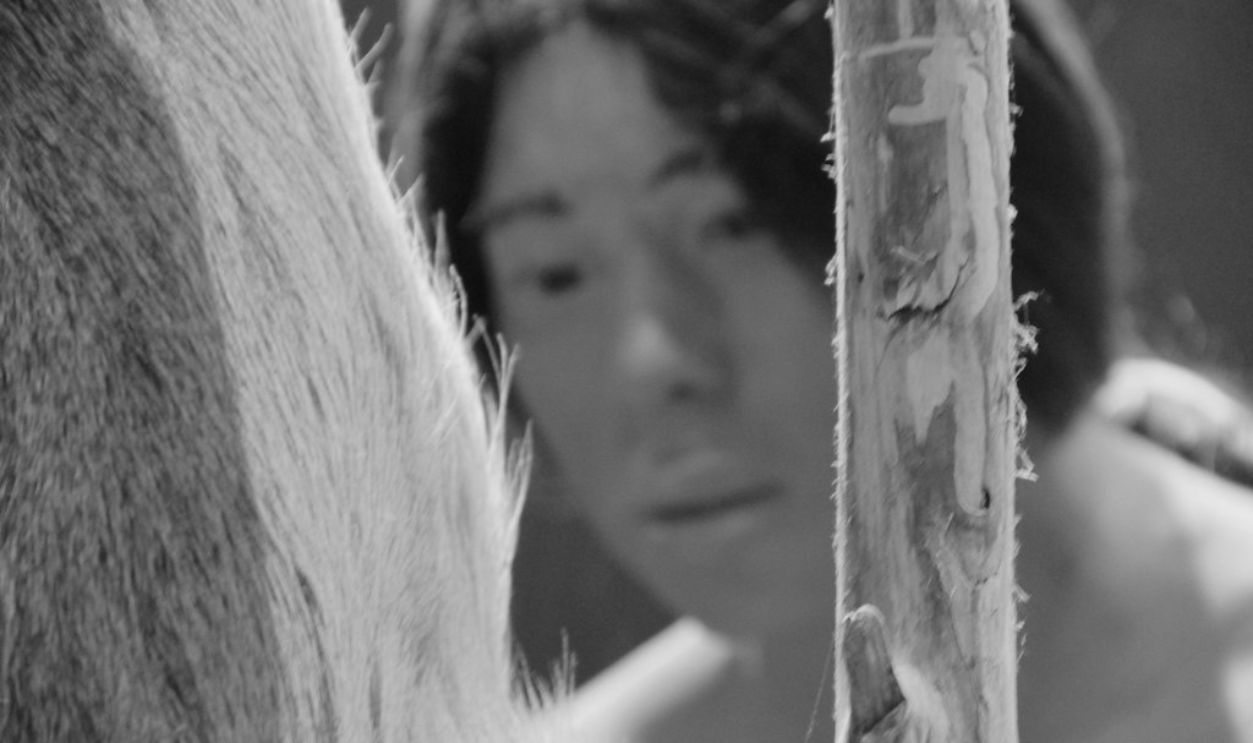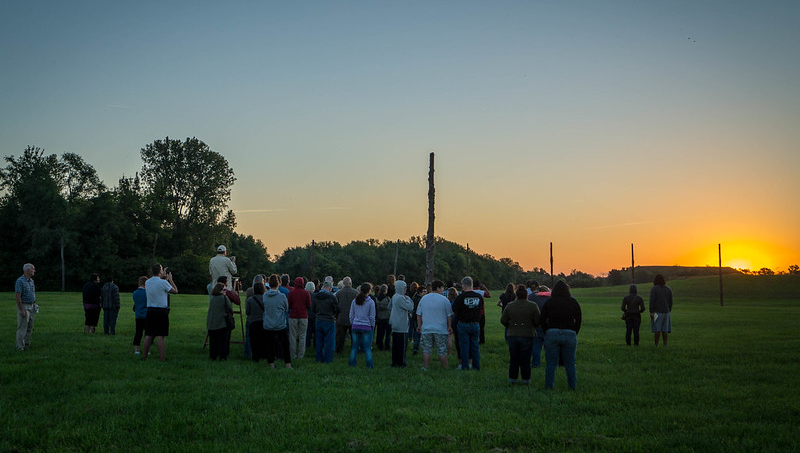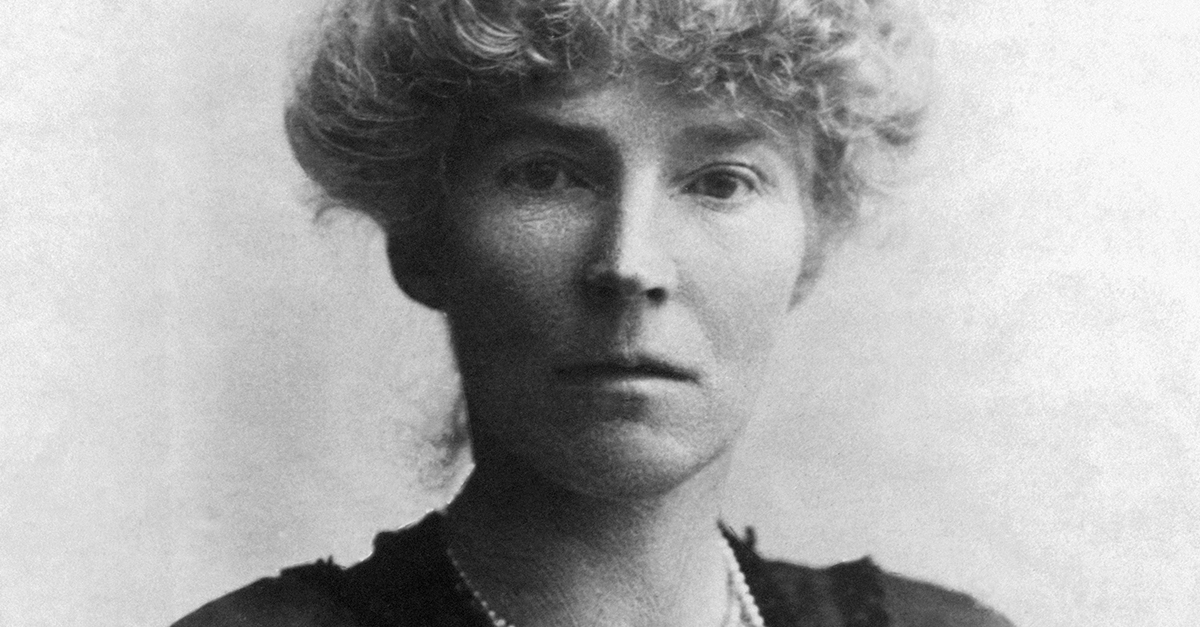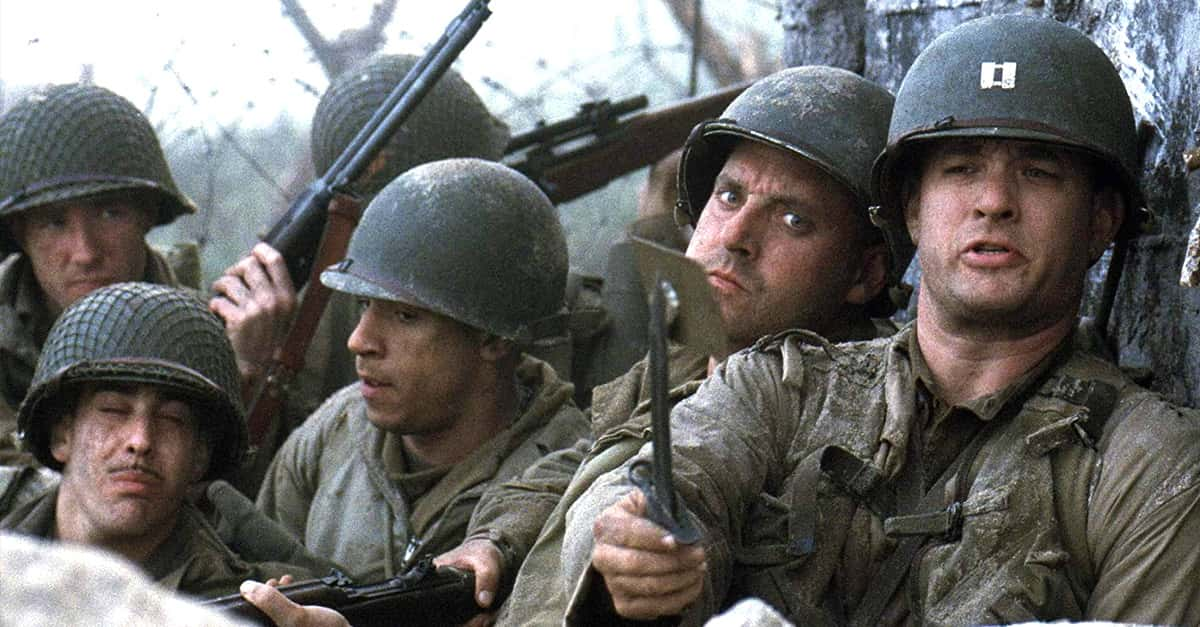Cahokia And The Mississippian Culture
A city larger than London in 1250, pulsing with life and an intricate society. Cahokia was a superpower. So, what caused its mysterious rise that ended in a dramatic fall? Here’s part of the story.
Geographic Scope
The Mississippi River Valley cradled Cahokia, stretching through modern Illinois, Missouri, and beyond. Rich floodplains provided food, while the river acted as a prehistoric superhighway. Resources like copper from the Great Lakes and shells from the Gulf Coast flowed in, fueling Cahokia’s dominance.
 Joe Passe, CC BY-SA 2.0, Wikimedia Commons
Joe Passe, CC BY-SA 2.0, Wikimedia Commons
Pre-Mississippian Cultures
Before Cahokia, mound-building societies flourished. The Hopewell (500 BCE to 100 CE) and Adena (200 BCE to 500 CE) people crafted elaborate earthworks and set the stage for what Cahokia would become. These early cultures mastered trade and agriculture and then passed on that knowledge. Without them, Cahokia might never have existed.
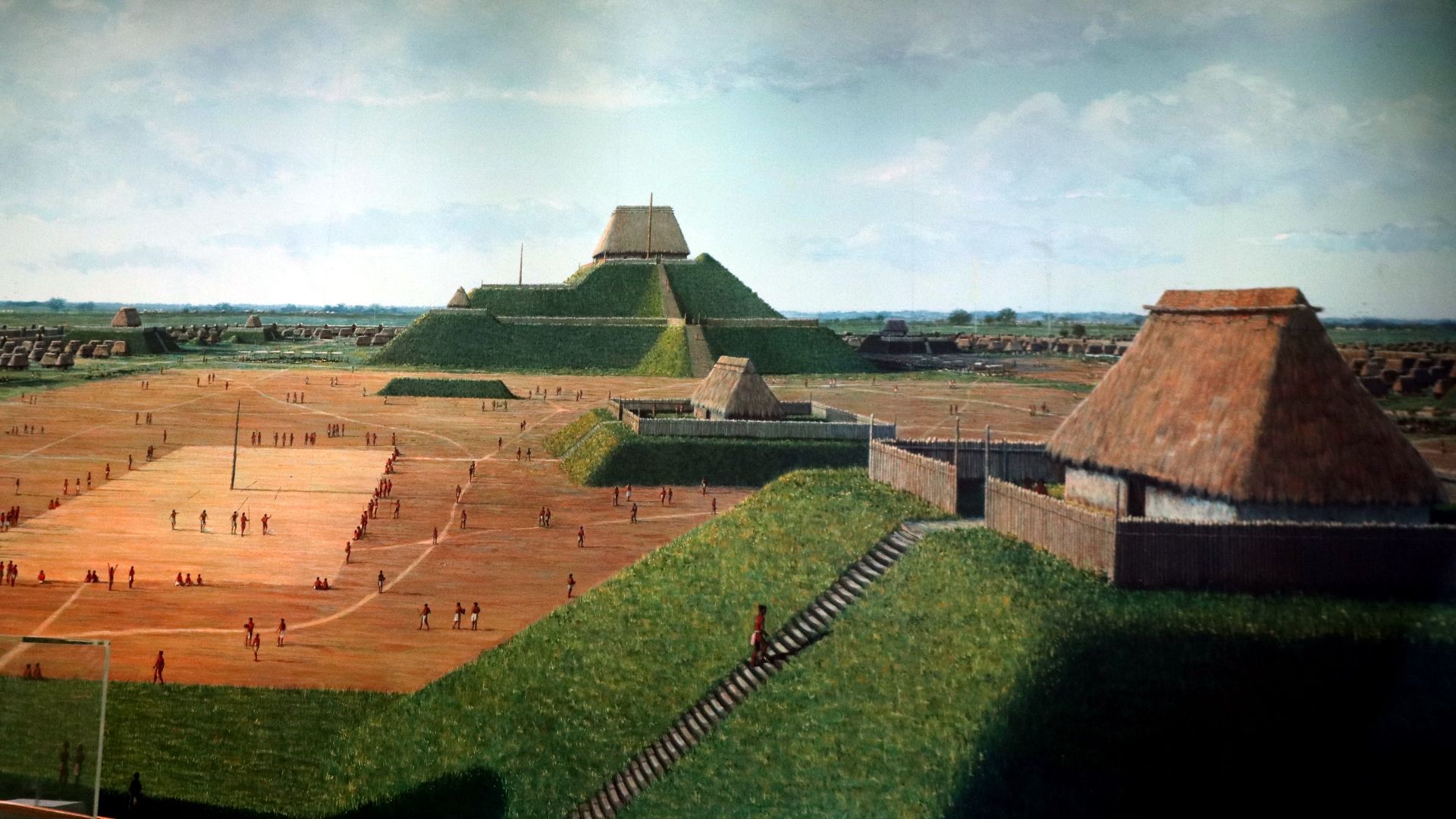 Thank You (24 Millions ) views on Wikimedia
Thank You (24 Millions ) views on Wikimedia
Emergence Of The Mississippian Culture
Change was in the air. Around 900 CE, a new civilization emerged, distinct from its ancestors. Mississippians revolutionized farming with maize, and this enabled the population to boom. Their religious and political systems grew complex, and soon, their cities flourished. This region, the crown jewel, stood above them all.
Founding Of Cahokia (Approximately 900–950 CE)
Cahokia started humbly, with small settlements clustered, then expanded to something unprecedented. People flocked to this new hub, lured by opportunity and protection. The masterminds sculpted the land into a thriving metropolis, and they laid the foundation for one of North America’s most advanced pre-Columbian societies.
 Michael Hampshire, CC BY-SA 4.0, Wikimedia Commons
Michael Hampshire, CC BY-SA 4.0, Wikimedia Commons
Their Biggest Achievements Were The Monks Mound
Basically, Egyptian pyramids made of earth. Monks Mound, standing 100 feet tall and covering 13.8 acres, dominated Cahokia’s skyline. Its sheer size suggests powerful leadership. Was it a temple? A chief’s residence? Perhaps both. What’s certain is that it took generations to complete an enduring tribute to Cahokia’s might.
The Grand Plaza
At the city's heart lay the Grand Plaza (roughly 50 acres), a vast open space used for rituals, games, and gatherings. Just imagine thousands assembled, drums beating, and leaders addressing crowds. This was the soul of Cahokia, where everything intertwined in a grand spectacle.
 Unknown author, Wikimedia Commons
Unknown author, Wikimedia Commons
Cahokia’s Woodhenge As An Ancient Solar Calendar
A prehistoric Stonehenge? You bet. Only this one had massive wooden posts forming a circular structure that aligned precisely with the sun’s movements. Cahokians used it to track solstices and equinoxes. Science and spirituality blended seamlessly in this sacred space.
The Types And Functions Of Mound Complex
Forget the Monk Mounds for a moment and meet the many others. The rest were the elite's homes, burial sites, steam baths, or ceremonial platforms. Each had a role, carefully planned and executed. The cityscape resembled a chessboard of power, where every piece had meaning, every structure a purpose.
 Stephanie A. Terry, Wikimedia Commons
Stephanie A. Terry, Wikimedia Commons
Cahokia’s Urban Planning And Engineering
The engineering here was serious. We’re talking about well-structured roads, neighborhoods, defensive walls, and even a functional water management system. The layout suggested deliberate city planning, with plazas strategically placed. It was an organized, complex society. Infrastructure like this proves Cahokia was ahead of its time.
 Heironymous Rowe, Wikimedia Commons
Heironymous Rowe, Wikimedia Commons
Cahokia Was At Its Best Between 1050 And 1200 CE
At its zenith, Cahokia housed an estimated 10,000 to 20,000 people—larger than many European cities of the era. Immigrants from distant lands arrived, and they brought with them new skills and traditions. The city buzzed with energy, its population swelling with ambition. This was Cahokia’s golden age, a moment of unparalleled power.
 Crook, A. R., Wikimedia Commons
Crook, A. R., Wikimedia Commons
They Also Had Social Hierarchies
Life in Cahokia wasn’t equal for all, just as we live today. At the top sat the ruling elite, likely priests or warrior-chiefs. Below them, artisans and traders shaped daily life, while farmers toiled to support the masses. This hierarchy had a few governing constraints: wealth and control.
Trade Networks That Reinforced Cahokia’s Economic Reach
The beauty of Cahokia is that it didn’t exist in isolation. External activities like trade and exchanges occurred frequently, giving rise to trade networks extending from the Gulf of Mexico in the south to the Great Lakes in the north. They traded copper, obsidian, mica, marine shells, and exotic goods.
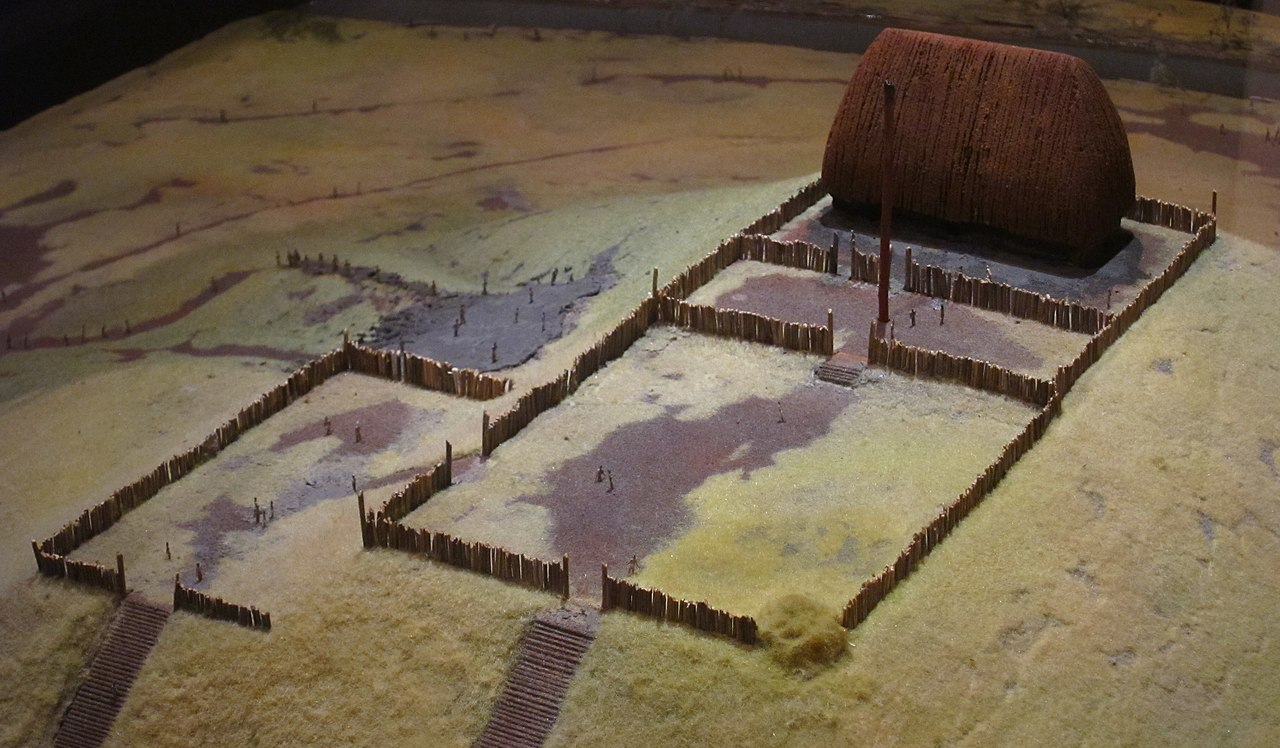 isghoul, USA, CC BY 2.0, Wikimedia Commons
isghoul, USA, CC BY 2.0, Wikimedia Commons
The Role Of Maize (Corn)
Forget gold—maize was Cahokia’s true wealth. Corn fueled the city’s expansion mainly because it provided a stable food source. Fields stretched beyond the horizon, feeding thousands. However, reliance on one crop came with risks. When agriculture faltered, so did Cahokia’s strength.
 Herb Roe - www.chromesun.com, Wikimedia Commons
Herb Roe - www.chromesun.com, Wikimedia Commons
Religion And Iconography At Cahokia
Cahokia’s art was rich with symbols like Birdman figures, arrowheads, and other motifs. These images held profound spiritual significance, influencing every decision and shaping the city’s identity. Belief was a powerful force, and the people used it skillfully.
Environmental Advantages And Disadvantages In Cahokia
Rich floodplains cradled Cahokia, and this provided fertile soil for agriculture. The Mississippi River delivered nutrients, sustaining vast maize fields. But nature’s gifts came with risks. Seasonal flooding reshaped the land, sometimes enriching, sometimes devastating. Cahokians mastered irrigation, but environmental strains did grow.
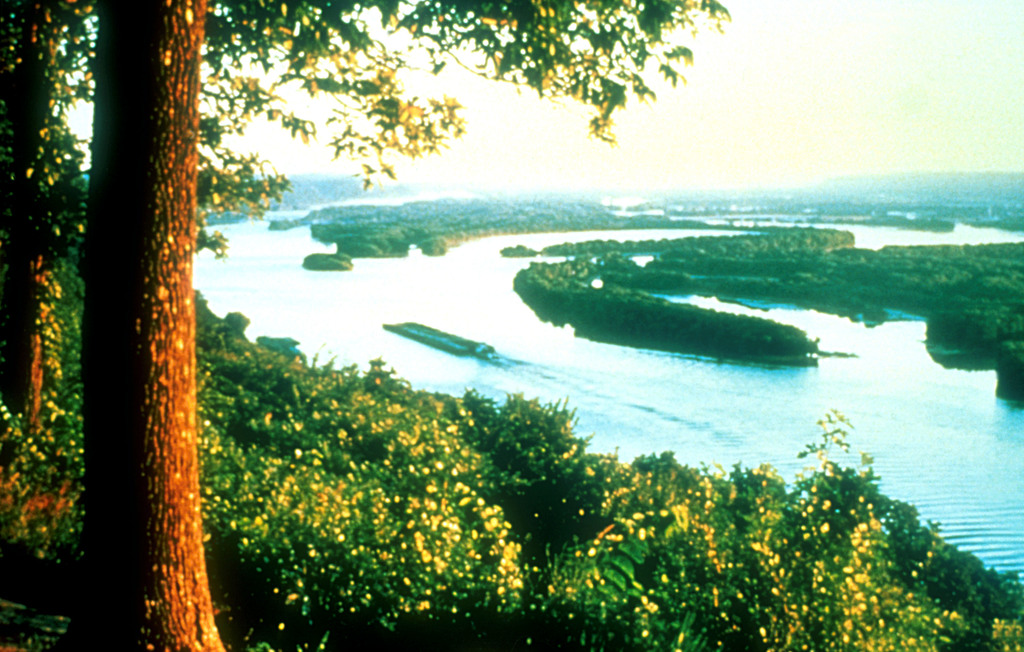 The U.S. National Archives, Picryl
The U.S. National Archives, Picryl
Signs Of Decline In A Seemingly Impenetrable Society
Cracks appeared in Cahokia’s foundation behind the scenes. Archaeological layers reveal signs of decline—abandoned homes, unfinished projects, and increased fortifications. Possible causes include environmental changes, resource depletion, internal conflicts, and a significant flood around 1200. By the late 13th century, Cahokia had transformed.
 W. R. Brink & Co., Wikimedia Commons
W. R. Brink & Co., Wikimedia Commons
Deforestation And Resource Depletion
The empire’s growth was immense, and with that, it's evident that people needed roofs over their heads. So much so that the forests started to decline; trees that took centuries to flourish were taking mere moments to vanish. The result? Erosion and infertile lands, and this led to weakened defenses.
The Climate Change Predicament
A silent enemy crept in soon enough. Colder winters and unpredictable droughts. The Little Ice Age gripped North America, and it shrunk growing seasons and stressed food supplies. A place that was once lush and thriving now faced famine. When nature turns against an empire, survival depends on swift action.
 Pieter Brueghel the Elder, Wikimedia Commons
Pieter Brueghel the Elder, Wikimedia Commons
Flooding And The Mississippi’s Role
Rivers give life, but they also take. Cahokia’s proximity to the Mississippi was riddled with issues like swelling floods and marshy expansions that swallowed farmland. Dikes and canals helped, but in the end, water always wins. Could Cahokia have foreseen nature’s betrayal before it was too late?
 Wisconsin Denizen, Wikimedia Commons
Wisconsin Denizen, Wikimedia Commons
Social Unrest And Political Collapse
Elites ruled from Monks Mound, but the common people bore the brunt of food shortages and instability. Evidence of violent upheaval appears in skeletal remains in things like mass graves and defensive walls. Because of this, Cahokia’s unity fractured. A civilization built on faith and maize now faced rebellion.
The Defensive Measures
Walls rose around Cahokia, built in a last-ditch effort to preserve its waning power. Massive wooden palisades, reinforced with bastions, enclosed the city center. Was this protection or paranoia? Enemies, both external and internal, loomed at the gates. When fear drives decisions, collapse might already be on the horizon.
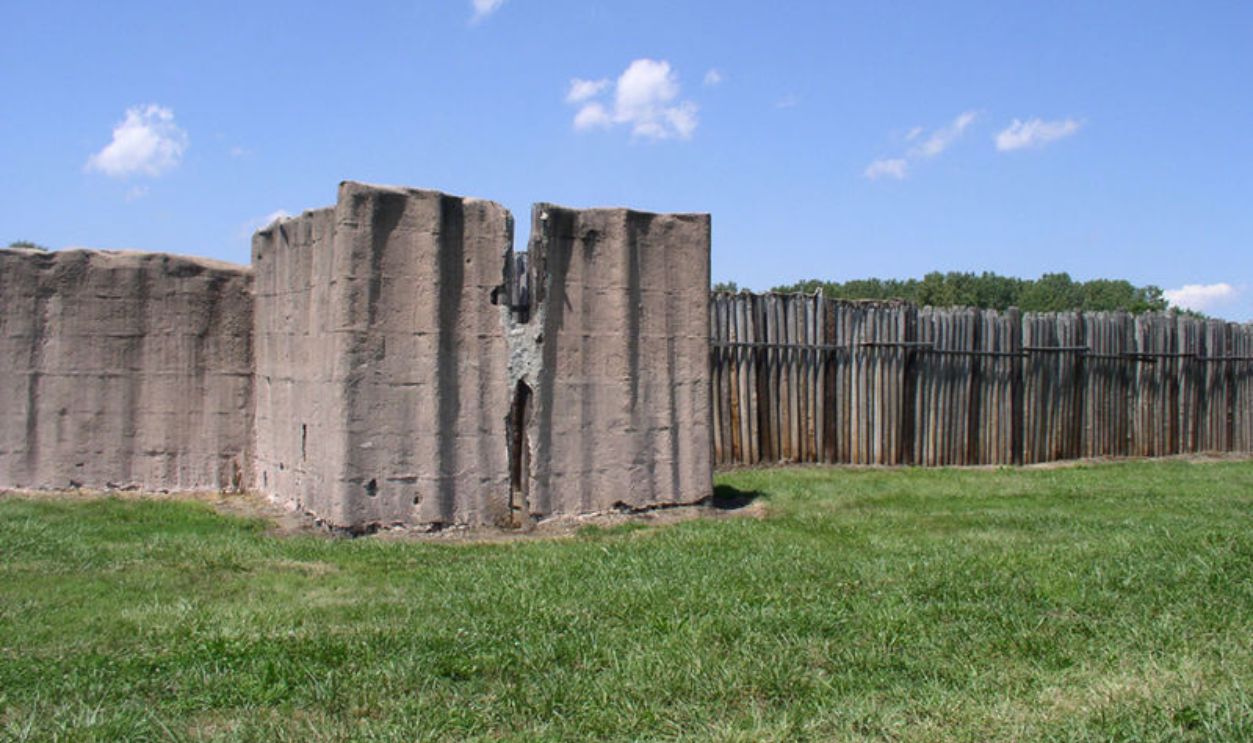 Herb Roe, www.chromesun.com, CC BY-SA 3.0, Wikimedia Commons
Herb Roe, www.chromesun.com, CC BY-SA 3.0, Wikimedia Commons
Abandonment Begins (1200–1350 CE)
Once a city of 20,000, Cahokia’s numbers started going down. By 1350, the streets were emptying, and the plazas went silent. Where did they go? Some sought refuge in smaller settlements, and others perished. The greatest city of its time faded into memory, leaving behind earthen ghosts of its grandeur.
Where Did The Cahokians Go?
Their disappearance was no vanishing act. Tribes like the Osage, Quapaw, Natchez, and others along the region trace roots to Cahokia’s people. Oral histories (stories passed down generations) hint at migrations. Some fled turmoil; others sought better lands. Cahokia was no more.
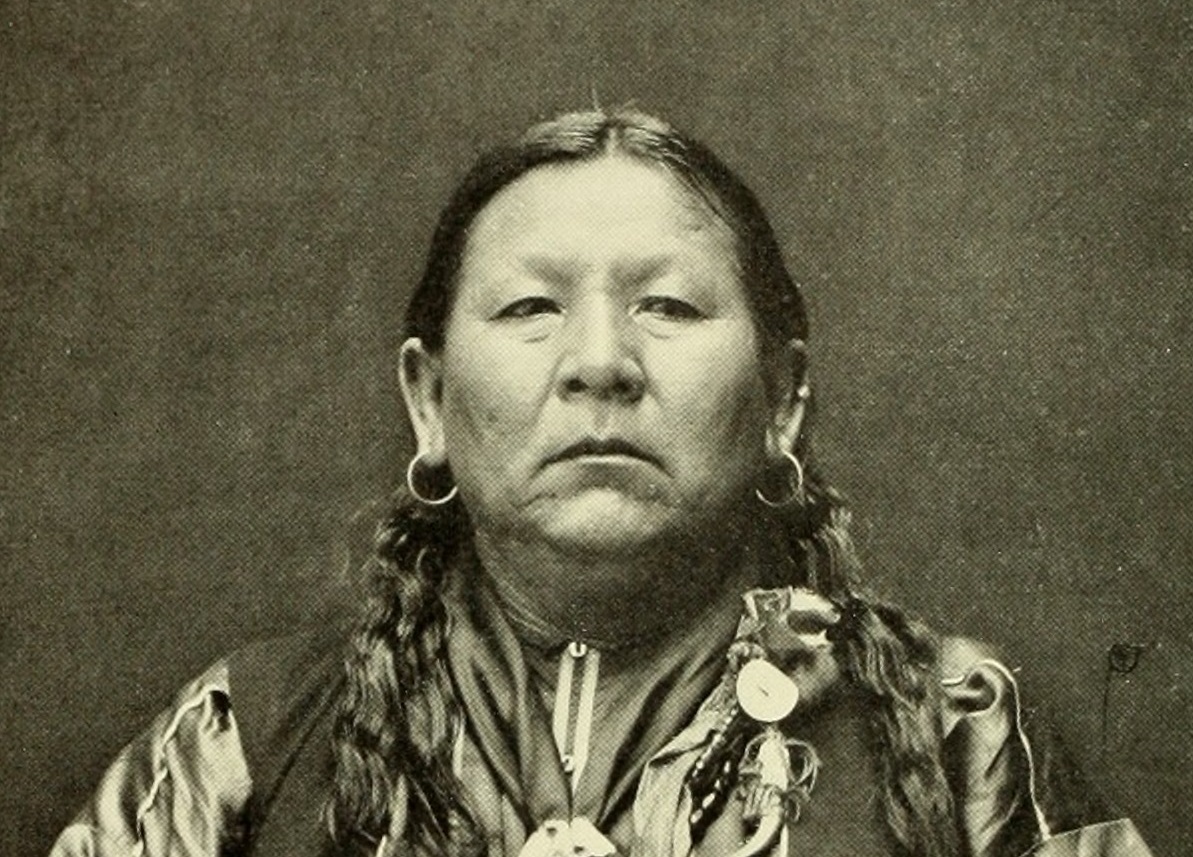 Internet Archive Book Images, Wikimedia Commons
Internet Archive Book Images, Wikimedia Commons
Cahokia’s Influence On Outlying Settlements
While Cahokia lives, it wasn’t isolated, and how do we know this? The nearby settlements mirrored its culture and traditions. Its influence spread across the Mississippian world, and it left a lasting imprint on even distant communities. Their influence was felt and this reshaped the region.
Beyond Cahokia
Even though many thought that the Mississippian culture died with Cahokia, it didn’t. Other mound-building societies thrived, from Moundville to Etowah. These cities carried Cahokia’s torch in preserving and evolving its traditions. Though the capital fell, its legacy endured, rippling across time.
 Paul Dietrich, Wikimedia Commons
Paul Dietrich, Wikimedia Commons
Post-Cahokia Mississippian Sites (1300–1500 CE)
Power shifted to other chiefdoms like Moundville, Natchez, Etowah, Rembert, Bottle Creek, Spiro, Irene, Lake George, Town Creek, and Winterville. These new sets had the Cahokian spirit but different fates. These settlements flourished briefly, adapting to new realities. But none reached Cahokia’s heights.
Among The Subsets Were The Natchez People
The Natchez, part of the Mississippian culture, shared many practices with Cahokia, including mound-building and social structures. Though Cahokia declined before European contact, the Natchez preserved these traditions into the 18th century. Notable sites like Emerald Mound and the Grand Village highlight this enduring connection and cultural legacy.
 NatalieMaynor from Jackson, Mississippi, USA, Wikimedia Commons
NatalieMaynor from Jackson, Mississippi, USA, Wikimedia Commons
Europeans Contact The Natchez People
The Natchez people first encountered Europeans in March 1682 during Rene-Robert Cavelier, Sieur de La Salle’s expedition down the Mississippi River. They would go on to become one of the last Mississippian societies to thrive in the region. But just as Cahokia, theirs was also about to be destabilized.
 Theodore Gudin, Wikimedia Commons
Theodore Gudin, Wikimedia Commons
The Europeans Bonded Further With The Natchez People
After the initial contact, French explorers, priests, and military personnel regularly visited the Natchez area. In 1716, the French established Fort Rosalie at Natchez, marking the beginning of a new colony. The colony grew over the next thirteen years, but tensions between the French and the Natchez started brewing. Why?
 James W. Rosenthal, Wikimedia Commons
James W. Rosenthal, Wikimedia Commons
Disputes Over Land And Resources Fueled The Feud
You cannot walk into someone’s land and take over, expecting silence. And that is how the Natchez reacted with a Revolt. This Revolt was sparked by French Governor Chopart’s attempt to seize the Natchez's principal village for a tobacco plantation. The Natchez were not having it to the point they…
 Herb Roe, CC BY-SA 3.0, Wikimedia Commons
Herb Roe, CC BY-SA 3.0, Wikimedia Commons
Called In For Help
Led by the Indian chief, the Great Sun, they rallied and called in other tribes to join the Natchez. Some notable tribes that came through were the Yazoo, Illinois, Chickasaw, Koroa, Choctaw, and even African slaves of the nearby French plantations. The goal? To drive out the French.
 English Wikipedia, Wikimedia Commons
English Wikipedia, Wikimedia Commons
On November 28, 1926, It All Unfolded
On this fateful day, the entire rally went straight to Fort Rosalie, where the French had settled, and boy, they wreaked havoc. They pretended to be nice, then ambushed the population, taking the lives of about 229 to 285 colonists. They also took captive about 450 women and children.
 Collot, Georges Henri Victor, Wikimedia Commons
Collot, Georges Henri Victor, Wikimedia Commons
The French Retaliated
Panic swept New Orleans as the French feared supply disruptions. Governor Perier responded with a campaign of extermination against the Natchez. French forces, aided by warriors, wiped out Natchez villages. Despite attempts at peace, the Natchez fled, eventually scattering among other tribes. Enough drama, now back to the mounds.
 CC BY-SA 4.0, Wikimedia Commons
CC BY-SA 4.0, Wikimedia Commons
The Europeans Misinterpretated Them
To colonial explorers, the mounds were mysteries. Who built them? Surely not the “primitive” tribes they encountered. Theories ranged from lost Israelites to Viking settlers. It took centuries before archaeologists credited Indigenous peoples. Even in death, Cahokia’s legacy was stolen and twisted into myths before the truth reclaimed its place.
 User: (WT-shared) Ethajek at wts wikivoyage, Wikimedia Commons
User: (WT-shared) Ethajek at wts wikivoyage, Wikimedia Commons
19th-Century Archaeology
In the 19th century, the mounds became objects of fascination and destruction. Treasure hunters looted graves, while the growth of St Louis led to the leveling of nearby mounds, with much of their material used in construction. One survivor, Sugarloaf Mound, marked the boundary between St Louis and Carondelet.
The Other’s?
Other remnants, like a mound in O’Fallon Park, remain. The Kincaid Mounds State Historic Site, 140 miles southeast of Cahokia, still stands as one of the largest Mississippian sites, with 19 mounds. As mounds disappeared, the push to preserve the history of Cahokia and its culture became urgent.
The Excavations Of Mound 72
During the excavation process, archaeologists uncovered the remains of about 270 individuals in mound 72, which included paired male/female burials. One notable burial, known as the “Beaded Burial or Birdman,” featured a man laid on a bed of 10,000 marine-shell disc beads arranged in the shape of a falcon.
This Was No Ordinary Burial Site
This burial, with powerful iconographic significance, also included a cache of finely crafted arrowheads from various regions. Of the 250+ other skeletons, nearly 62% were believed to be sacrificial victims based on signs of ritual execution. The mound, built in stages, was radiocarbon-dated between 950 and 1000 CE.
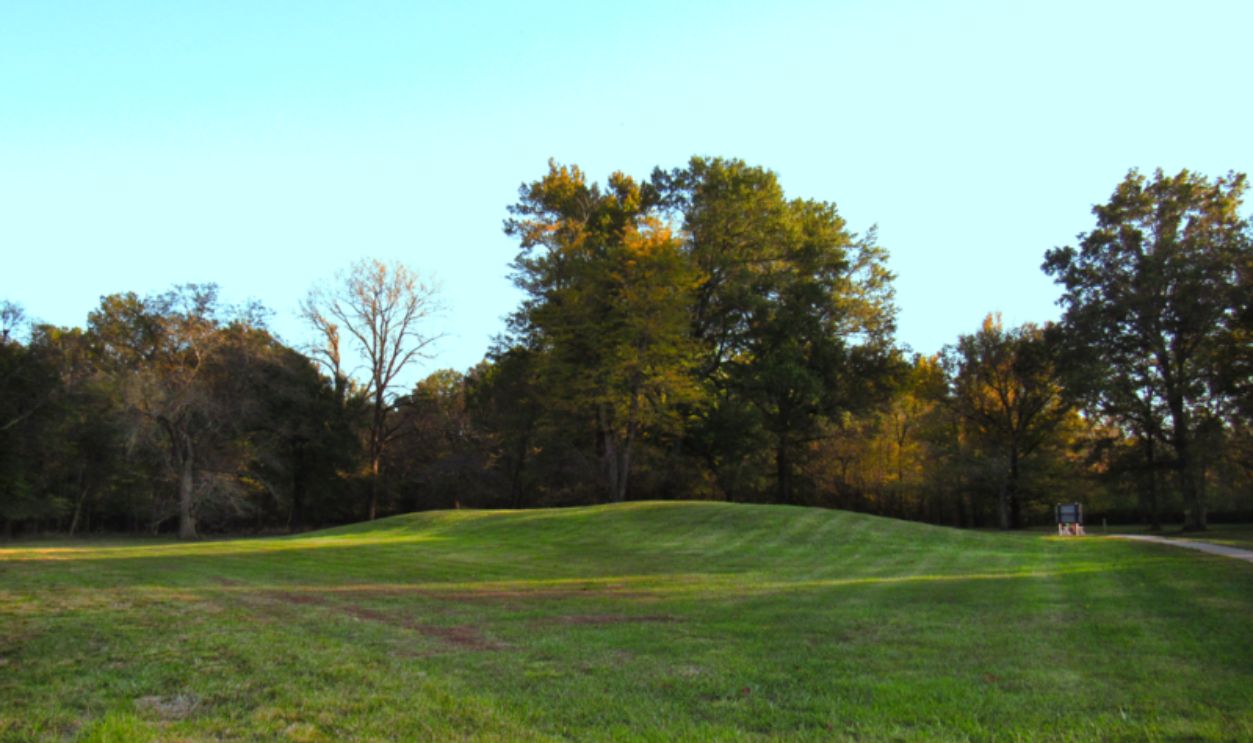 Julia King, CC BY-SA 4.0, Wikimedia Commons
Julia King, CC BY-SA 4.0, Wikimedia Commons
The Mound 72 Presented Controversy
Mound 72 was not an innocent site. Why? There was the discovery of strangled young women arranged in rows. Analysis suggests they were from different social classes and ethnic groups than others buried there. Initially seen as evidence of a male-dominated society, recent findings point to a more complex mix.
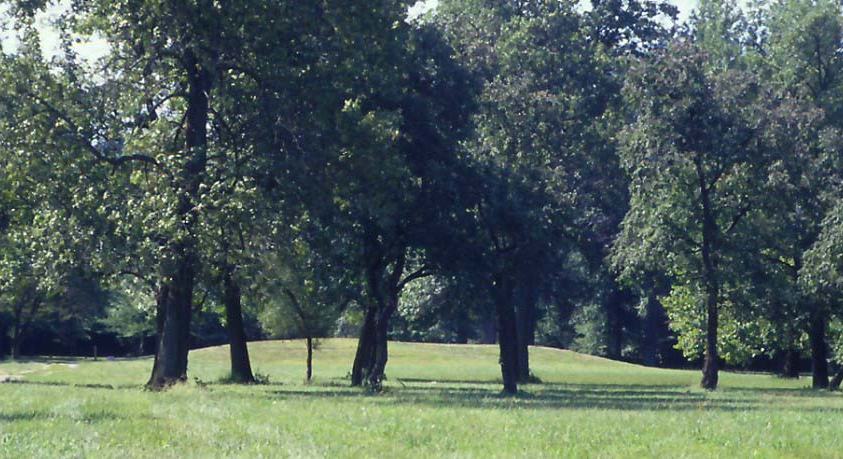 Carptrash, CC BY-SA 3.0, Wikimedia Commons
Carptrash, CC BY-SA 3.0, Wikimedia Commons
Cahokia’s 1982 UNESCO World Heritage Designation
Cahokia Mounds was made a part of the World Heritage List in 1982, acknowledging its significant role in history. Once the civil and religious hub of the expansive Mississippian Culture, the site was home to thousands of people who fished, farmed, worshipped, and engaged in trade with various other cultures.
Cahokia’s Legacy In Native American Cultures
Cahokia may have faded, but its influence endures. The Osage, Natchez, and other tribes still carry their traditions in their blood—from sacred ceremonies to political structures that echo its legacy. It’s like history’s greatest sequel: a different cast but the same epic storyline.
 Unknown author, Wikimedia Commons
Unknown author, Wikimedia Commons
Why Cahokia Matters In World History
Forget the idea that North America was just forests and scattered tribes before Europeans arrived. Cahokia was a booming city with bustling trade, massive architecture, and thousands of residents. It proves that advanced civilizations thrived here, rewriting what we thought we knew about ancient America.
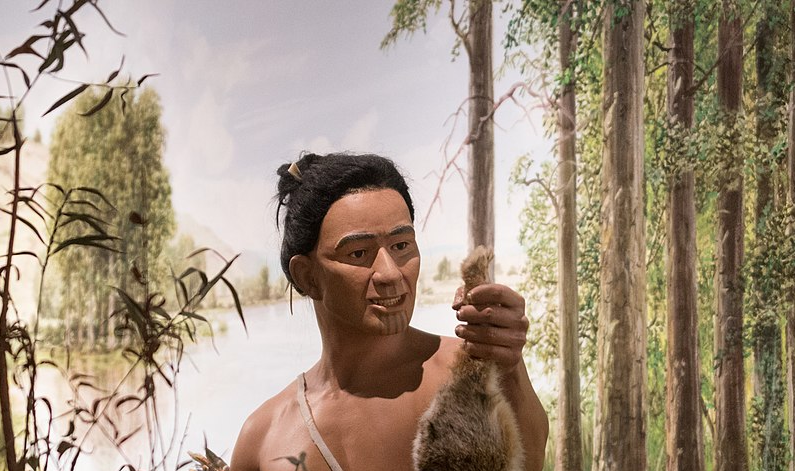 Paul Sableman, CC BY 2.0, Wikimedia Commons
Paul Sableman, CC BY 2.0, Wikimedia Commons
Cahokia’s Lessons For The Future
Cahokia was a city ahead of its time until it wasn’t. Overcrowding, climate struggles, flooding woes, and resource mismanagement led to its downfall. Sound familiar? Cities today face the same issues. If Cahokia could talk, it would probably say, “Learn from our mistakes before it’s too late”.
The Academia Aftermath
Since the 1960s, universities across the Midwest have sent researchers to explore the site. Timothy Pauketat stands out as one of the foremost experts who dedicated much of his career to studying Cahokia. Warren Wittry, another key figure, played a pivotal role in uncovering Cahokia Woodhenge.

